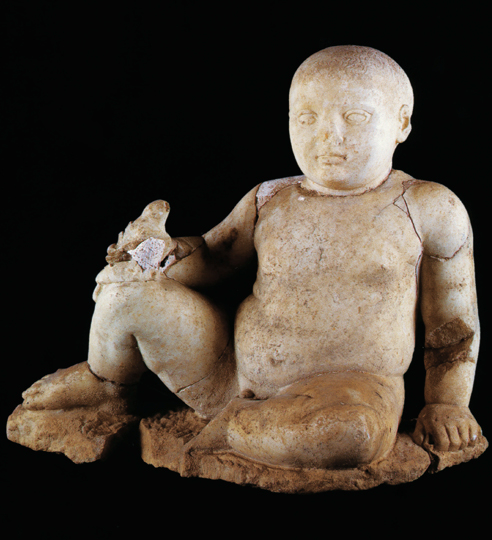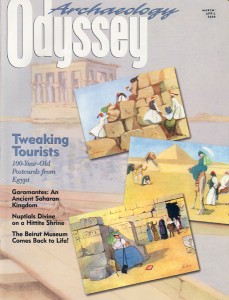Beirut Museum Survives
Like the stone monuments it displays, the venerable archaeological museum stands the tests of time

Now, if a king among kings, or a governor among governors or a commander of an army should come up against Byblos and uncover this coffin, may the scepter of his rule be torn away, may the throne of his kingdom be overturned, and may peace flee from Byblos!”
This warning, inscribed more than 3,000 years ago on the sarcophagus of King Ahiram of Byblos, attests to stone’s ability to endure as a testament to the past.
In the ancient world, stone monuments not only protected the memory of the dead but also served as witnesses to covenants and to the presence of god. In the Hebrew Bible, after God appears to Jacob at Bethel, the patriarch erects a standing stone (massebah in Hebrew) to mark the spot (Genesis 35:15); as part of the covenant between God and Israel, Moses erects 12 standing stones, representing the 12 tribes (Exodus 23:3–8); and when Moses’ covenant is renewed at Shechem, Joshua erects a standing stone at the site (Joshua 24:26).
It is this capacity of stone to serve as witness that informs Stones and Creed, a catalogue of stone artifacts, including Ahiram’s limestone sarcophagus, from the Beirut National Museum.
Already a library member? Log in here.
Institution user? Log in with your IP address.

